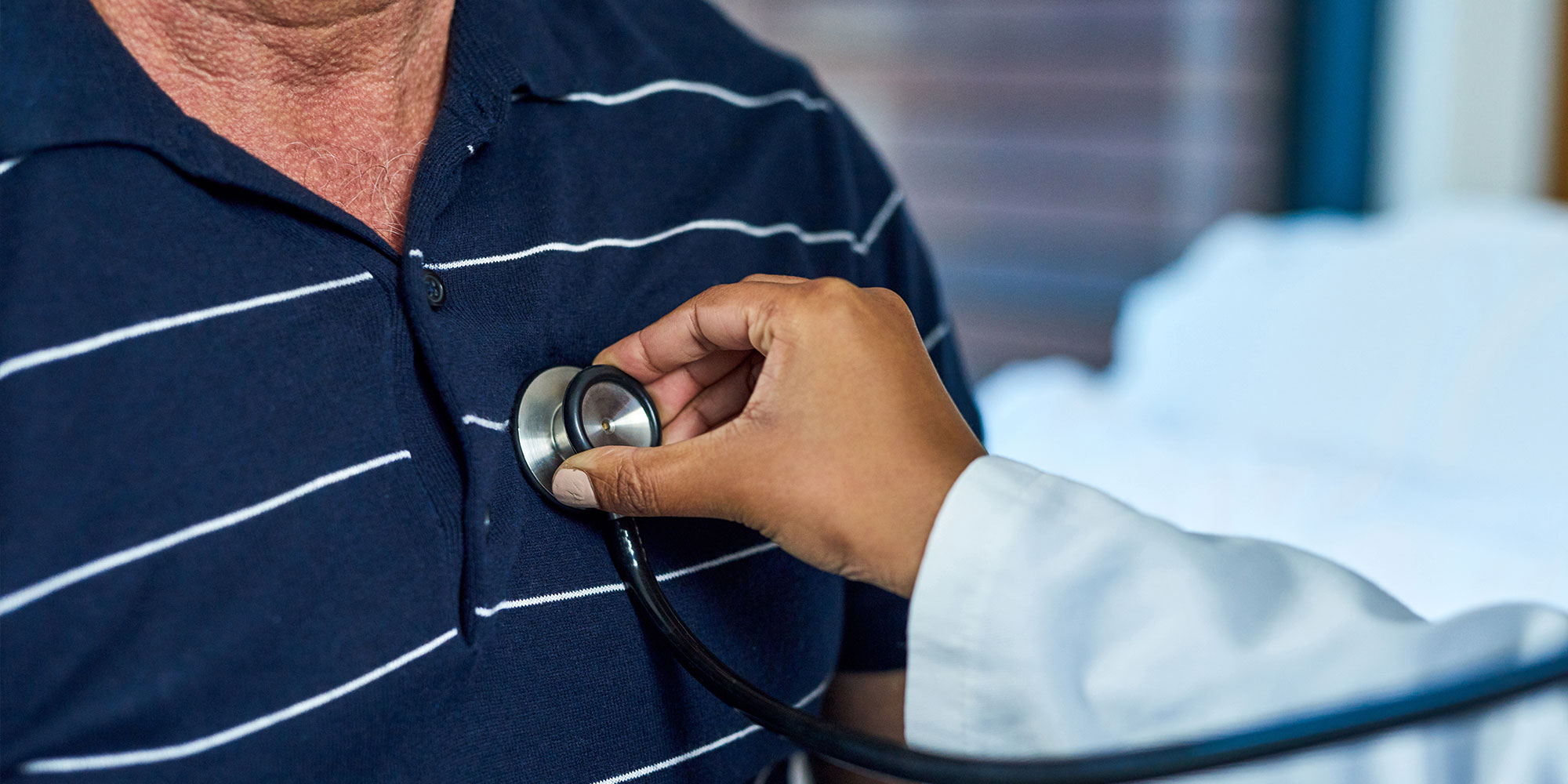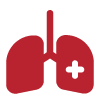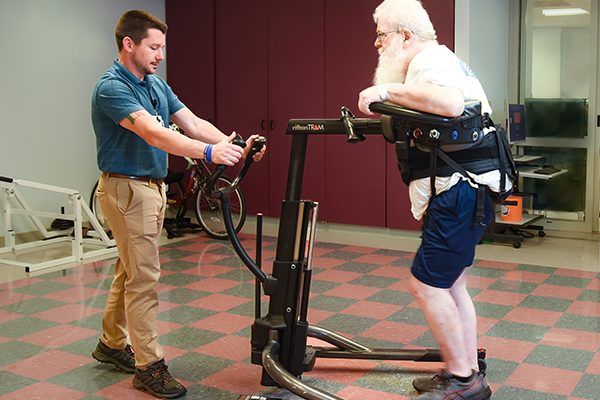Ventilator Weaning Program


Return to Breathing on Your Own
Sunnyview Rehabilitation Hospital's ventilator (breathing machine) weaning program draws patients from all over the country. We help people with severe heart, lung and brain issues safely come off a ventilator when they are ready to breathe on their own.
Your loved one receives care from a highly skilled team that works together to help them achieve good results. Ventilator weaning is one of the many ways Sunnyview helps people maximize their abilities after a life-altering medical condition.
Who Needs A Ventilator for Breathing and Why?
Ventilators are for people with serious conditions that affect lung functioning. These breathing machines direct air and oxygen into the lungs through a tube in the throat (windpipe). They can provide light assistance or do most of a person’s breathing for them.
Ventilators provide breathing assistance to people who have:
- Gillian-Barre syndrome, an immune system disorder that attacks nerve cells in the lungs
- Lung cancer, abnormal growths that can spread to other areas of the body
- Muscular dystrophy, an inherited disease that weakens muscle tissue
- Pulmonary fibrosis, scarring in the lungs that gets worse over time
- Spinal cord injury, damage to the nerves that help the brain communicate with the rest of the body
- Stroke, a temporary disruption of the brain’s blood flow that can have lasting effects on a person’s abilities
- Traumatic brain injury, a serious injury that affects brain functioning
Ventilator Weaning at Sunnyview Rehabilitation Hospital: Why Choose Us?
At Sunnyview, our comprehensive approach to rehabilitation includes safely weaning people off ventilators. We are an acute rehabilitation hospital providing medical care, advanced therapies and family support.
Highlights of our program include:
- National recognition: Sunnyview’s commitment to rehabilitation excellence has earned our hospital recognition from the Commission on Accreditation of Rehabilitation Facilities (CARF®). You can count on us for therapies and support reflecting research-based best practices.
- Team approach: Ventilator weaning at Sunnyview is a team effort. Respiratory therapists, pulmonologists and nurses work together to start weaning when it’s right for your loved one. After we wean them off the ventilator, therapists keep a careful eye on their oxygen levels so that their recovery keeps moving forward.
- Excellent outcomes: In 2023, three out of four patients who started ventilator weaning successfully came off of it.
Ventilator Weaning Inpatient Program Outcomes - 2024
We’re proud to share our Ventilator Weaning Inpatient Program outcomes and patient satisfaction for 2024, which compares favorably with inpatient rehabilitation programs throughout the region and the nation.
Individuals Served
13
Length of Stay
22 days
Returned Home Directly
from Their Stay at Sunnyview
31%
[Not Available]
of the patients served by our inpatient programs would recommend Sunnyview to family and friends
How Can Ventilator Weaning Help Me?
Ventilator assistance can offer a lifeline to people who cannot breathe on their own. But being on a breathing machine also raises the risk of complications, including cognitive difficulties and infections. Being connected to a breathing machine also limits a person’s participation in physical and speech therapy.
Slowly coming off the machine (weaning) once a person can breathe on their own lowers their complication risk. It enables your loved one to fully participate in rehabilitative therapies and prepare for the next chapter in their life.
Weaning Off a Ventilator: What to Expect
Ventilator weaning helps people come off the ventilator as soon as it is medically safe to do so. When the time is right, our experienced respiratory therapists stay by your loved one’s side throughout the process.
Weaning may include:
- Turning down ventilator settings to deliver less breathing assistance
- Monitoring your loved one’s response to determine how long they can maintain adequate oxygen levels on their own
- Repeating the process, if necessary, to confirm your loved one is capable of breathing on their own
- Removing the tube in their throat and disconnecting them from the ventilator
- Regularly checking on your loved one to ensure their oxygen levels are adequate

Start Your Recovery
Call us today for more information about our rehabilitation programs.
Fax: 518-386-3619
Call: (518) 382-4516